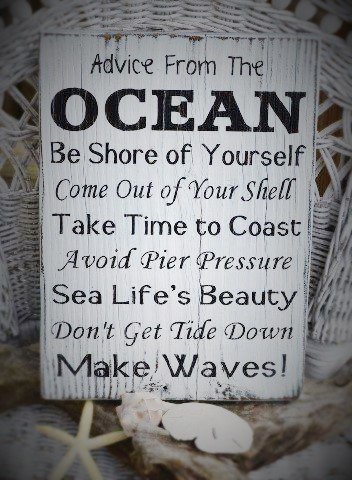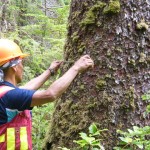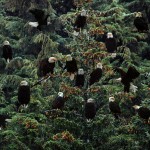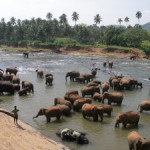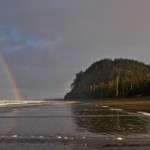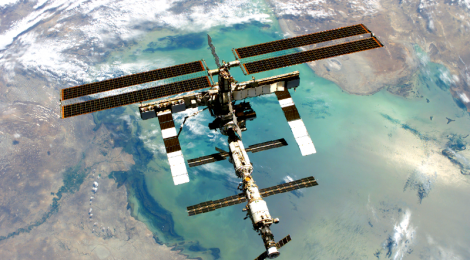
Plankton In Space A Blooming Miracle
Perhaps you never imagined space is home to plankton.
Reports are now proliferating that scientists have discovered Earthly plankton in space has taken up residence on the outside of the International Space Station.
Traces of plankton and other microorganisms have been found living on the exterior of the International Space Station (ISS), according to space officials. They report the plankton in space were not carried there at launch – but are thought to have been blown there by air currents on Earth. Incredibly, the tiny organisms were found to be able to survive in the vacuum of space despite the freezing temperatures, lack of oxygen and cosmic radiation.
Head of the Russian ISS orbital mission Vladimir Solovyev said: “The results of the experiment are absolutely unique.”
Rather than deep space being a lifeless vacuum, it may be more accurate to describe it as an ocean where life thrives in ways that scientists are only beginning to understand. The Russian discovery takes scientists one step closer to eventually concluding that extraterrestrial life is common throughout the universe.
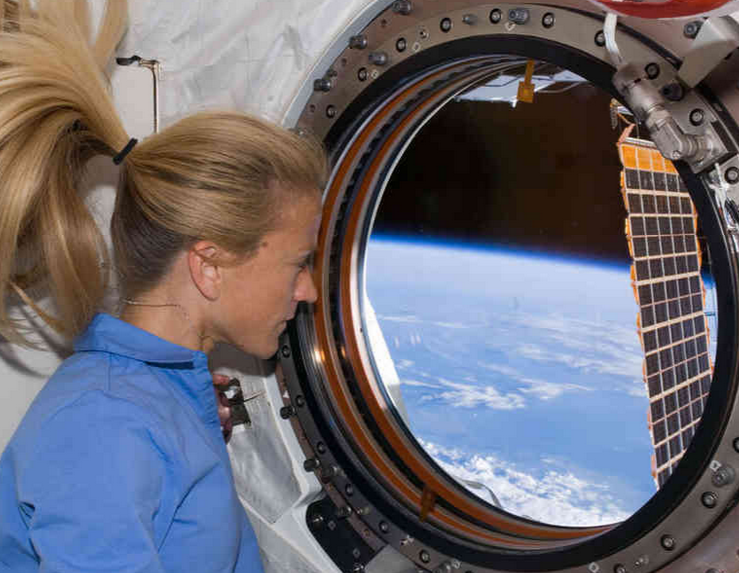
You missed a spot! Say’s space station-naut to Russian cosmonaut-window-washers. But that wasn’t a “spot,” it was plankton that have colonized the International Space Station. Plankton lofted into the air in sea spray were known to make it high into the atmosphere… but on into space, the final frontier, these are the voyages of Plankton, their mission, to go where plankton have always gone before.
The discovery was made during a routine spacewalk by Russian cosmonauts Olek Artemyev and Alexander Skvortsov, who were launching nano-satellites into space. At the same time they used wipes to polish the surface of windows on the Russian segment of the ISS and later found the presence of plankton DNA and other microorganisms using ‘high-precision equipment’ back in Russia.
‘The results of the experiment are absolutely unique,’ said the head of the Russian ISS orbital mission Vladimir Solovyev. ‘We have found traces of sea plankton and microscopic particles on the window surface. This should be studied further.’ The plankton are not known to be indigenous to Baikonur, Kazakhstan, where the Russian modules of the station blasted off from.
Panspermia – Life In Space Has A Long History
Panspermia (from Greek πᾶν (pan), meaning “all”, and σπέρμα (sperma), meaning “seed”) is the idea that life exists throughout the Universe, distributed by meteoroids, asteroids, comets, planetoids, and also by spacecraft, in the form of unintended contamination by microbes. Well maybe only unintended from the human point of view.
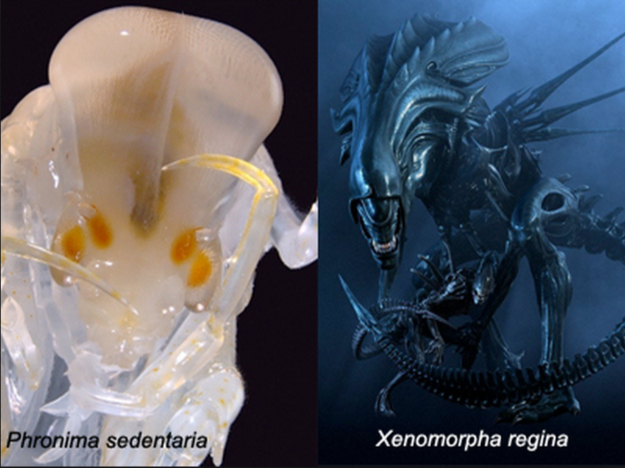
Phronima sp., a variety of plankton, have long been named as the inspiration for Giger’s scary Alien… uh oh – perhaps space has sent plankton here..
There is an abundance of material available for reading about life, especially microbial – and now planktonic, life surviving in space for long periods of time. Long enough to be a mechanism for moving life among the planets and stars.
It’s not such a stretch thinking of ocean plankton making it into space. After all just recently reports have surfaced of the key role ocean plankton plays as the nucleation heart of raindrops.
And as for what happens to plankton that make it into space. Those that do not take up residence on the space station are likely as able to travel outside of our solar system. Just this week NASA has announced it collected dust from space that they are sure drifted here from interstellar space. It’s a two way street.
At the very least there is surely Earthly plankton that has landed on various moons in our solar system such as Europa, Callisto, Ganymede, Titan, Enceladus, Rhea, Titania, Oberon, Triton, many of which likely have vastly more ocean that Earth. Our ocean pastures have been filled with plankton for a billion years, ample time to deliver an order of life anywhere in the solar system.
